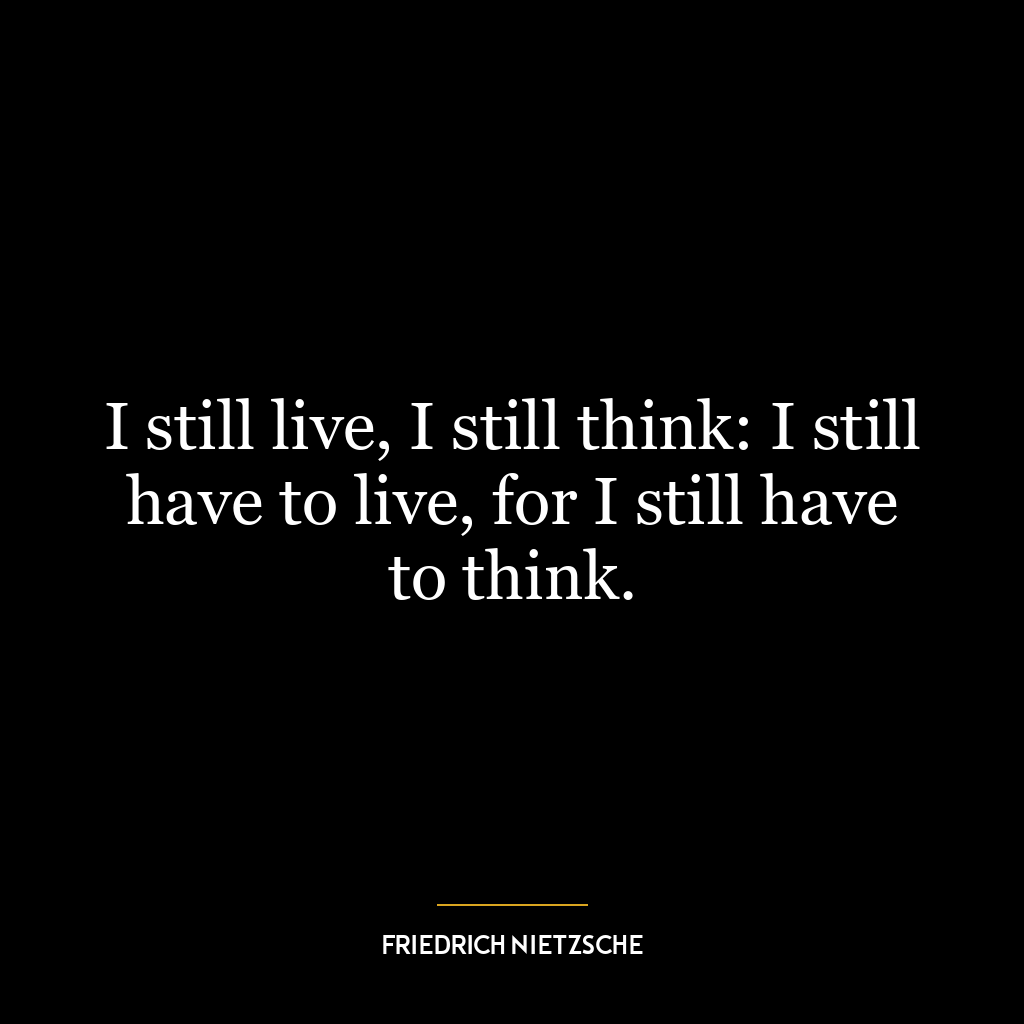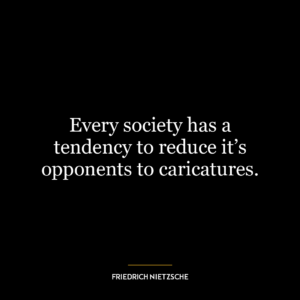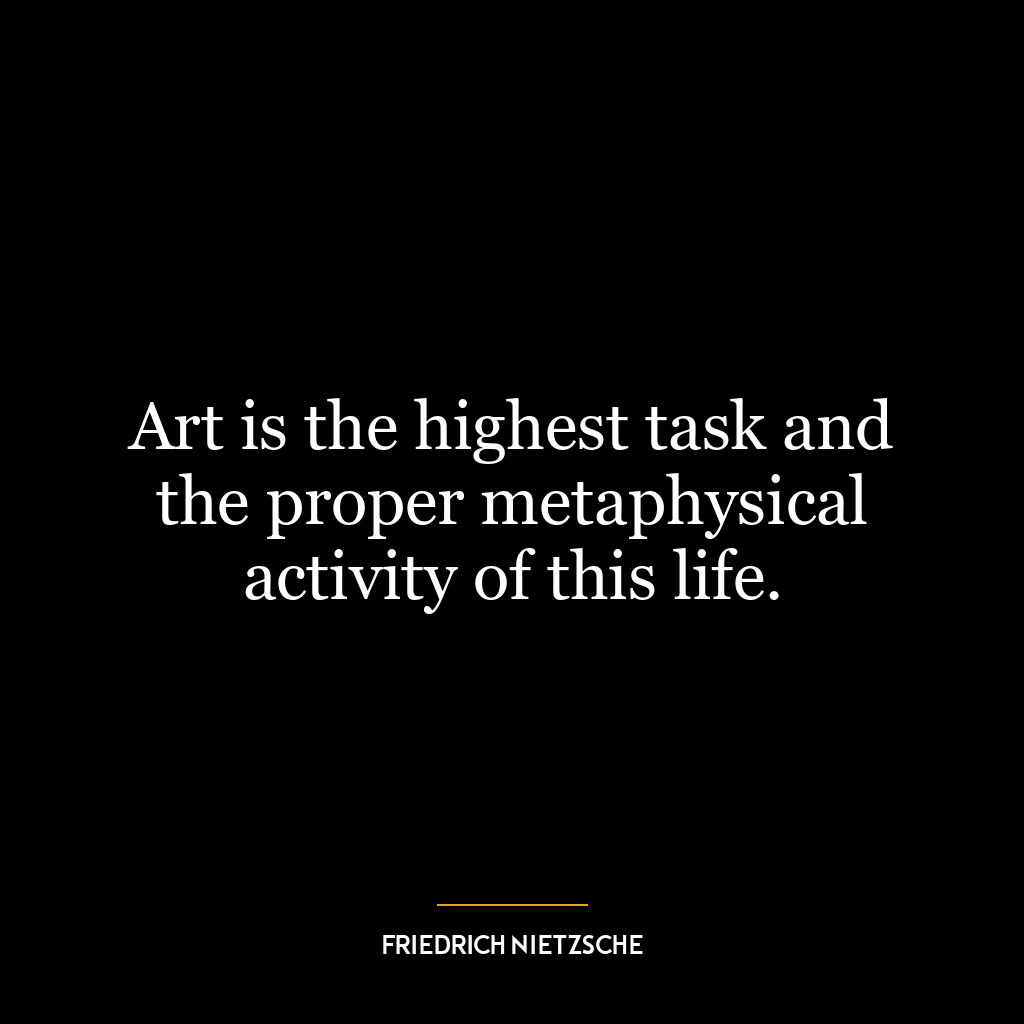I still live, I still think: I still have to live, for I still have to think.
This quote essentially speaks to the interconnectedness of life and thought. It implies that as long as we live, we are obliged to think, and as long as we think, we are essentially alive. It’s a symbiotic relationship where one cannot exist without the other.
The first part of the quote, “I still live, I still think”, emphasizes the persistence of existence and consciousness, suggesting that as long as one is alive, one is inherently a thinking being. The second part, “I still have to live, for I still have to think”, goes a step further to suggest that the act of thinking is not just a byproduct of life, but a reason for it. It implies that the purpose of life is to think, to contemplate, to understand, and to gain wisdom.
Applying this idea to today’s world, it can be seen as a call to engage with life intellectually and consciously. In an age where we are often preoccupied with distractions and superficialities, this quote is a reminder to stay present, to think deeply, and to live intentionally.
In terms of personal development, it emphasizes the importance of active thought in shaping our lives. It suggests that we should not simply go through the motions of life, but engage with it on a deeper level. This can be achieved through self-reflection, learning, and the pursuit of knowledge. It’s a reminder that our thoughts shape our reality, and that by actively engaging with our thoughts, we can shape the direction of our lives.
In essence, this quote is a celebration of the human capacity for thought and a reminder of the central role it plays in our existence. It’s a call to live consciously and intentionally, to engage with the world intellectually, and to continually strive for understanding and wisdom.















